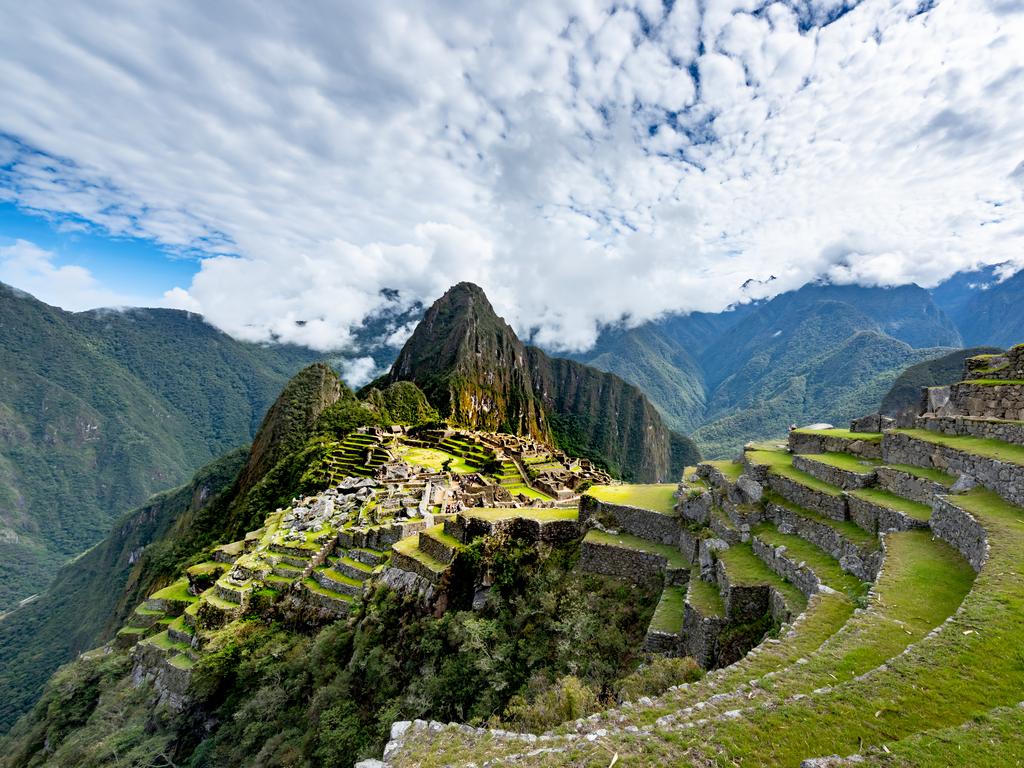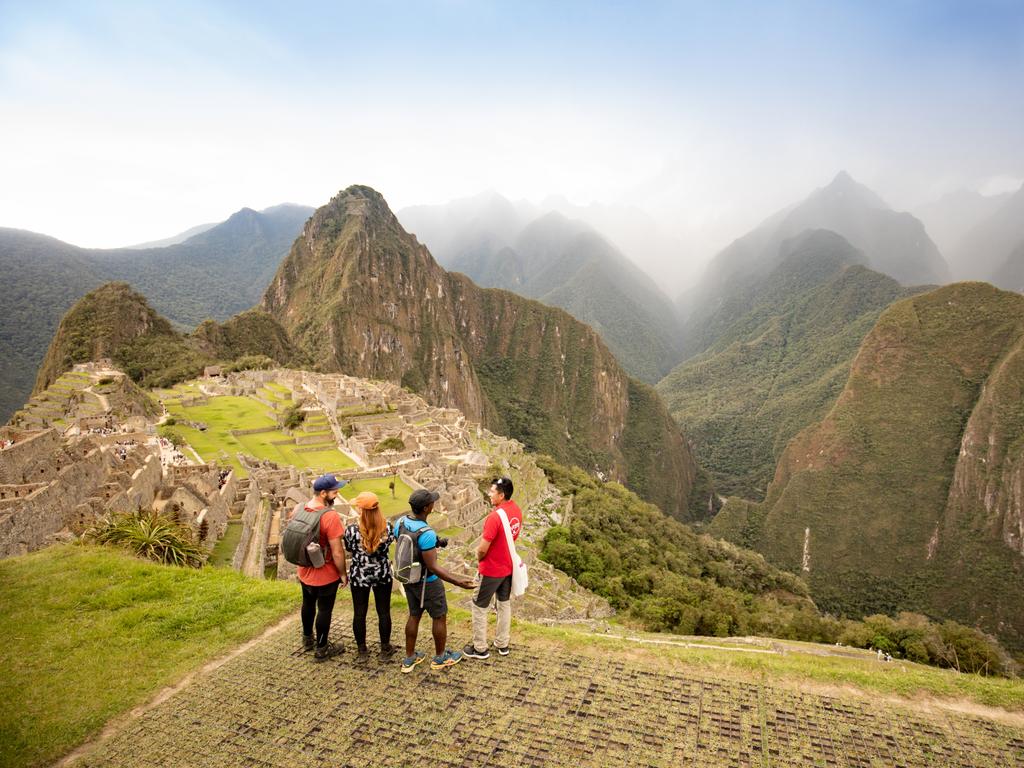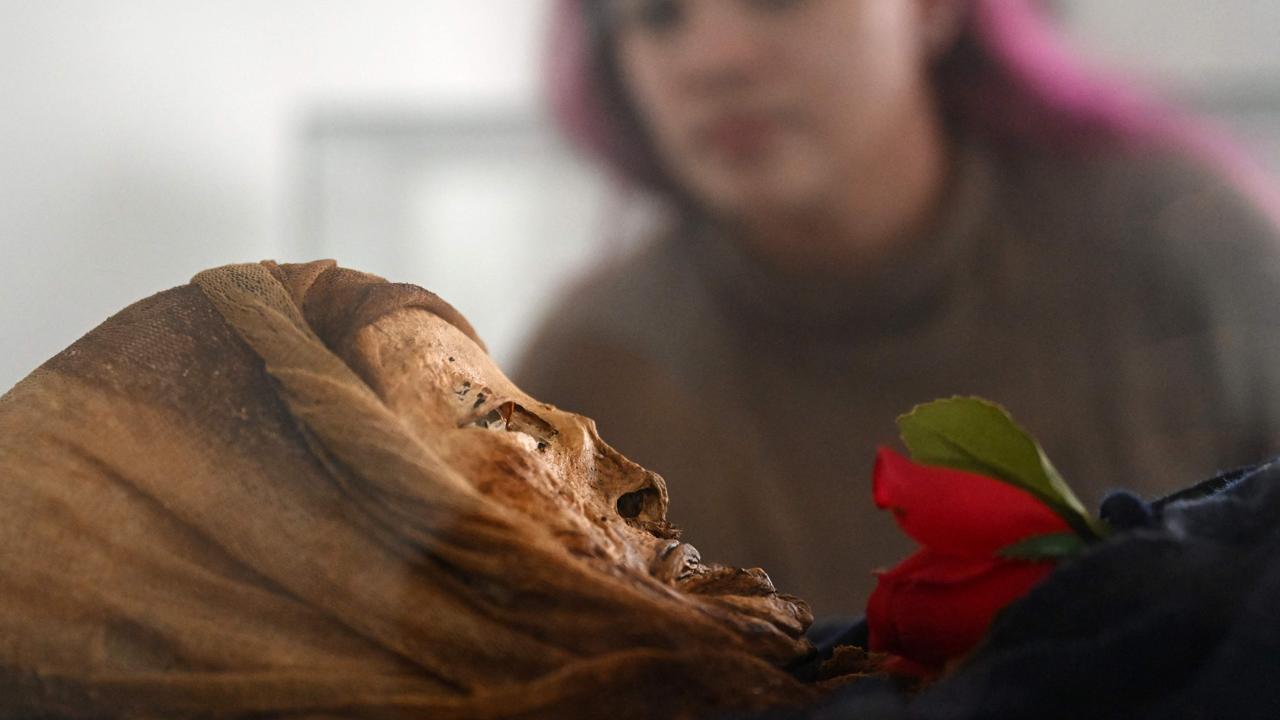Machu Picchu has gone by the wrong name for more than 100 years
It’s one of the most famous landmarks in the world – but have we been using the wrong name for the iconic Machu Picchu for decades?
Peru’s famed tourist hotspot Machu Picchu has gone by the wrong name for more than 100 years, a new study suggests.
The ancient citadel is one of the most visited archaeological sites in the world, drawing hundreds of thousands of visitors a year, The US Sun reported.
But according to a new academic paper, the Inca citadel, situated high in the Peruvian Andes, has been referred to by the wrong name for over a century.
The research asserts that the site was known by its Inca inhabitants as Picchu, or Huayna Picchu.
Currently, Huayna Picchu is the name given to a mountain further north. But according to the study published in Ñawpa Pacha: Journal of Andean Archaeology, that wasn’t always the case.
Peruvian Ministry of Culture historian Donato Amado Gonzales and archaeologist Brian Bauer from the University of Illinois in the US combed through scores of old documents during their research, including 19th-century maps, 17th-century official papers, and American explorer Hiram Bingham’s field notes.
Mr Bingham, a famed academic and politician, is believed to have “rediscovered” the Inca citadel in 1911 – though many academics have suggested that the city wasn’t ever really lost, according to The Guardian.
“We began with the uncertainty of the name of the ruins when Bingham first visited them and then reviewed several maps and atlases printed before Bingham’s visit to the ruins,” Dr Bauer said.
“There is significant data which suggests that the Inca city actually was called Picchu or more likely, Huayna Picchu.”

The researchers found a 1904 atlas published seven years before Mr Bingham arrived in Peru that identified the ruins of an Inca town as Huayna Picchu.
Furthermore, the study’s authors said Mr Bingham was aware of ruins called Huayna Picchu before he left Cusco to search for the site in 1911.
Perhaps most notably, the name of the Inca city can be observed within accounts written by Spanish conquerors from the late 16th century, Dr Bauer said.
“We end with a stunning, late 16th-century account when the Indigenous people of the region were considering returning to reoccupy the site, which they called Huayna Picchu,” he said.

Today, the mountain we know as Huayna Picchu towers above the Machu Picchu site and offers thousands of tourists sprawling views of the ruins.
It is unclear at this time if the study’s findings will spark an official name change for the site, though some historians believe it’s unnecessary.
More Coverage
“All names are invented and changeable and it doesn’t make much difference,” Natalia Sobrevilla, professor of Latin American history at the University of Kent, told The Guardian.
“Machu Picchu is an established brand very linked to Peruvian identity, so what would be the point of changing it?”
This article originally appeared on The Sun and has been republished here with permission




